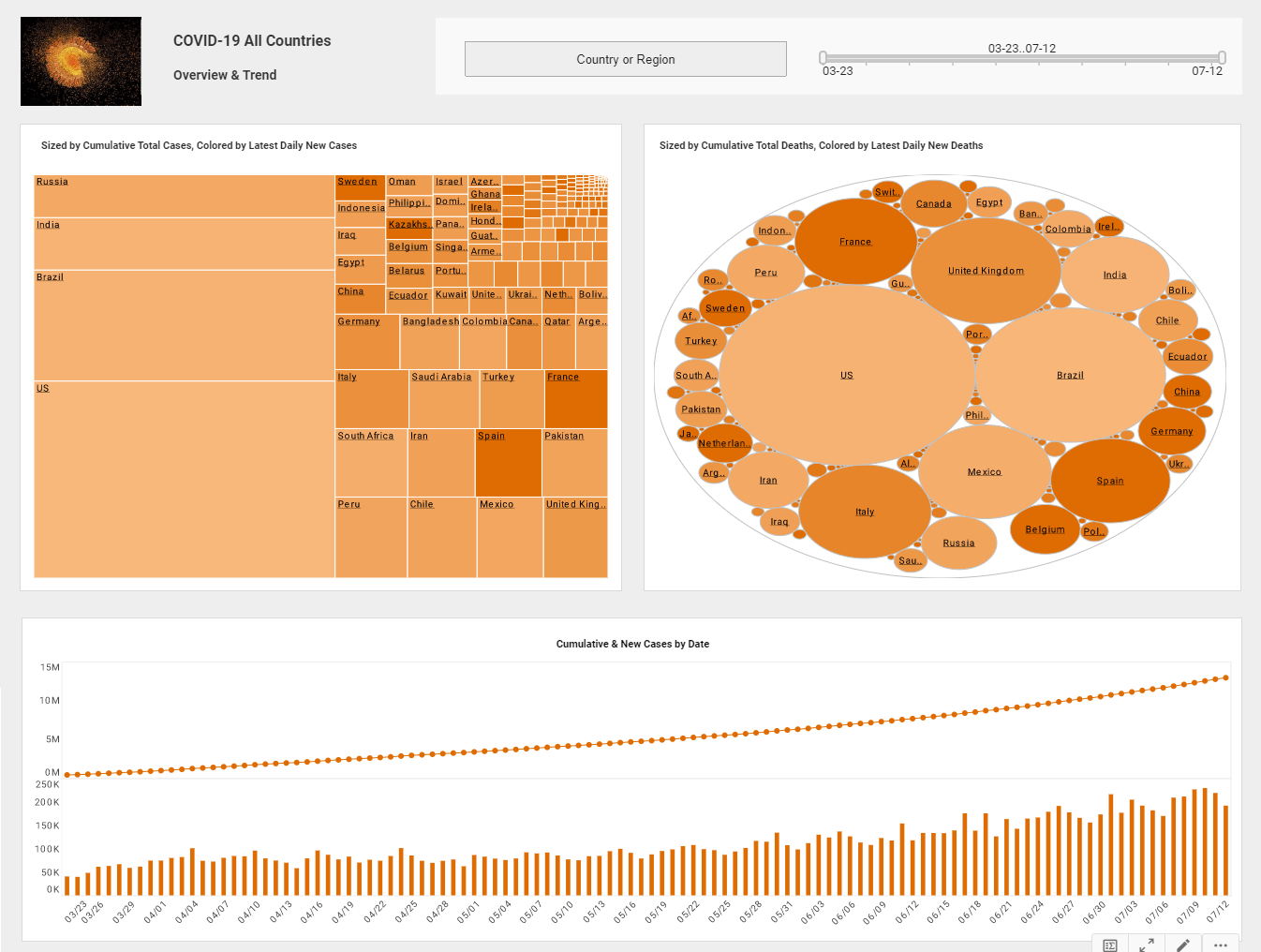What Future Trends are Coming to BI?
This is the transcript of a Webinar hosted by InetSoft on the topic of "Business Intelligence in Utilities Industry" The speaker is Jessica Little, Marketing Manager at InetSoft.
Interviewer: Regarding your interest in business intelligence, what do you see as some of the future trends in BI?
Jessica Little: Well, I’ve been working in the business intelligence industry for quite a while now, 10 years approximately. In general I am a very quantitative person so I like facts based on numbers. So that’s where Business Intelligence comes into the picture. And on the other hand, believe it or not, as a faculty member I actually deal with business decisions quite often. So when you link data and business together, you get to business intelligence. This is why you can afford over 10 years and focus on exclusively the domain of BI.
Interviewer: Okay. And what about utilities? Are you dealing with analytics and utilities as well?
Jessica Little: Yes. So for the past two years, my main focus has been a lot on the utility side, particularly on arising sensors and smart grid utilities. That’s what spawned my interest in utilities.
A lot of things are happening in utilities these days so with the advent of the smart grid utilities, we’ll be collecting a lot more information both from the customers and from their operations. As a result, it presents some interesting challenges as far as business intelligence.
Interviewer: And what have you seen or analyzed in terms of some of the future trends in BI?
Jessica Little: So presently, most of the analysts, they sit in front of the computer and they make the decisions by themselves with, pretty much, very limited collaboration with other coworkers and decision makers. In the future though, especially when we think about Facebook, Twitter, and social networking, it will be impactful.
Interviewer: Social networking, yes.
Jessica Little: The social networking phenomena and collaborative BI is definitely something that sooner or later will happen and bear fruition. Sooner or later we will see the decision makers pretty much collaborating online when it comes to making BI related decisions.
So they will not have to be at the same location but can be dispersed throughout the country or even throughout the globe and they will be looking at the same charts, collaborating, and making decisions. So that’s one direction where BI is definitely going into. The other one is visualization and analytics so that you will be able to make analytical decisions based on the visualization of data. This way you will have a much larger and bigger interaction with the actual BI tools and visual interactions than they are currently present.
Interviewer: But you won’t have to be an expert to drill down and find it because it will be a more visual presentation, correct?
Jessica Little: Correct.
Interviewer: Yes.
Jessica Little: Yes, you don’t have to be an expert but the point is you will have your interaction with the BI tools be much more transparent and beneficial as well.
The Impact of AI on BI Professional Jobs
Artificial intelligence is reshaping the responsibilities of business intelligence (BI) professionals in significant ways. Traditional BI roles often centered on collecting, cleaning, and visualizing data for stakeholders, but AI now automates many of these foundational tasks. Automated data preparation, anomaly detection, and even natural language querying reduce the manual effort once required, allowing BI teams to shift their focus. Instead of spending hours wrangling spreadsheets or writing SQL queries, professionals can increasingly act as interpreters of AI-driven insights and advisors to decision-makers.
This shift means that BI jobs are evolving rather than disappearing. Professionals in this field are being asked to develop new skills that blend business knowledge with AI literacy. They must learn how machine learning models work, how to validate their outputs, and how to communicate the limitations of AI-generated insights. The ability to critically evaluate the results of predictive analytics and explain them in plain language becomes just as valuable as the technical ability to build dashboards. In this sense, AI is pushing BI professionals toward roles with more strategic weight.
At the same time, AI is creating opportunities for BI professionals to expand their influence within organizations. For example, by using AI-powered analytics, BI teams can identify trends that would have been nearly impossible to detect manually, giving companies a competitive advantage. This makes BI professionals not just data providers but strategic partners who help set the direction of marketing campaigns, supply chain decisions, and customer engagement strategies. Their role becomes less about reporting what happened and more about guiding what should happen next.
However, this evolution does come with challenges. Some professionals may feel displaced if they rely too heavily on traditional BI tasks without embracing AI tools. Continuous learning, adaptability, and a willingness to work alongside AI are now prerequisites for long-term career growth in the field. Organizations that support BI teams with training and upskilling will see the biggest payoff, as their professionals transition into roles where human judgment, domain expertise, and AI capabilities combine to deliver deeper and more actionable intelligence than ever before.


